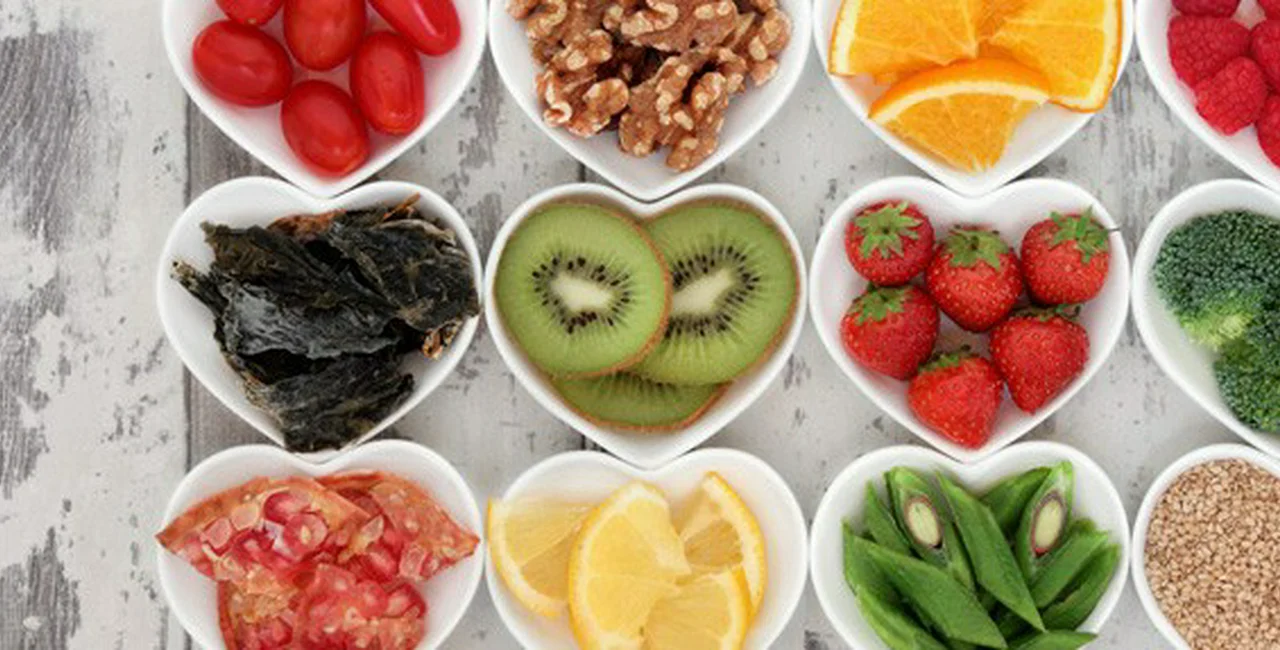When music went digital, the world changed in many ways. Perhaps one of the most unexpected results of that change was the arrival of hundreds of wheels of cheese here in Prague.
You might ask what exactly cheese and music have to do with each other (schmaltzy Barry Manilow numbers aside). Well, as music became digital, neighborhood record shops became obsolete. And when you’re a neighborhood record salesman like Yura Malík, that means you needed to look elsewhere for income.
Yura looked to cheese.
It’s not as big a leap as you might think. As a DJ and record seller, Yura’s favorite spot for picking up new albums was Holland where he had lived for a few years in the early ’90s. Starting to see the connection?
So in 2006 instead of discs of music, Yura filled the old record store in Letná with discs of cheese from Holland, and the first Cheesy shop was born at Letenské Náměstí 6. Just one month after that, he opened his second shop in Smichov (Štefánikova 25). Now Yura owns seven shops himself, and has franchised out another 13, which are located both in Prague and elsewhere in the Czech Republic. Two additional franchises will soon join the Cheesy family: one in Prague 1 and the other in northern Moravia.

Take a deep breath through your nose in a Cheesy shop, and it’s easy to smell why the chain has been successful. This is the kind of place mice must dream about ascending to when they meet the Great Big Mickey In The Sky. There’s cheese everywhere. Big wheels on shelves, plastic-wrapped packages under glass, large blocks in a cooler–all waiting to be chiseled by the extremely competent “cheese men,” as Yura calls his well-trained, informative shopkeepers.
Not only will the cheese men (and cheese women) carve off paper-thin slices from any hunk of cheese you want to taste, they are also quite capable of making a pairing recommendation from the small selection of wines the shops sell.

If wine and cheese are just too traditional a coupling for you, you might want to select your beverages from the rack of the Belgian Trappist ales and lambics (fruit beers) that are also on offer. Yura says he choose these drinks to offer because of the unique pairing opportunities. His recommendation is to drink them at room temperature, likening them more to a type of wine than something you’d quaff from a pint glass at the pub. In fact, some of his lambics have an alcohol content of 20%, definitely putting them in a class by themselves.
I tried the Pecheresse, an artisanal lambic from Lindemans that looked like liquid copper and had nice peach overtones that somehow gave the beer bite rather than turning it into a dessert drink.

Speaking of dessert, honey is also on offer at the Letná shop. It is grown locally in the Český Kras area and it being tested out at the Letná store to gauge interest before rolling it out to other shops–standard operating procedure at Cheesy.
Another Cheesy policy is that 80-90% of what the franchises carry is identical to what is carried in the shops Yura owns himself. This way, he explained, creates uniformity but lets the store owners have some choice in what they sell. For stores located outside Prague, this can mean the ability to showcase local cheeses and other regional products.
Honey, wine and lambics aside, the real reason you come to any Cheesy store is, of course, for the cheese. Most of the selection comes from Holland, but the shop does feature cheese from Italy and Switzerland as well. There are over a dozen types of Gouda alone, including those flavored with olives, pesto and chilies, as well as an aged variety that sometimes has three years under its wax wrapper. There is approximately a 60/40 split between cow cheeses and those made from sheep or goat milk. In fact, Yura says that Cheesy was instrumental in helping introduce the local palate to goat cheeses–something that wasn’t always appreciated here.
Maybe the worst part about Cheesy is that other people shop there too. So you can’t keep the “cheese man” all to yourself, eating your way through the superb surprises that each delicate slice of cheese brings to your palate. Instead, you have to content yourself with a few minutes of his time and a take-home bag that holds maybe only three-percent of what’s on offer. But that’s OK. With seven shops in town, you can give yourself permission to go Cheesy every day of the week.

TASTING NOTES
All prices are per 100 grams.

Aged Gouda (Gouda přestárlý; 59 CZK). When the cheese man asked me if I wanted the gouda that was aged for one year or the gouda that was aged for, well, “who knows,” my mind was made up. I choose the “who knows” variety, which he promised me was definitely aged for more than a year. I was exceedingly happy with the choice. This crumbly orange cheese is delicious; with an almost sugary aroma and a sharp but creamy flavor delivers a lot of punch from a little nibble. The tiny crystals that are the hallmark of aged goudas make it extra delightful to snack on (for the science geeks: they’re a crystallized form of tyrosine, the main protein in milk). Can’t wait to try it with some champagne–or more lambic!
Veined Blue Cheese (Fianco s modrou plísní; 84 CZK). I often find that blue cheese can have an overpowering ammonia taste. Not so with this yummy goat’s milk version that has a nice balance of bite and creaminess. That’s not to say it’s too mellow–you’ll definitely get that characteristic blue bite, it’s just that it’s a bite you’ll enjoy rather than one that hurts.
Pepper Gouda (Ruscello Pepr; 53 CZK). Unlike the aged gouda, this version is soft and moist–not crumbly. It also trades the sharpness of its older sibling for a more mellow taste. That being said, gouda is often criticized for being too bland, but this one has a nice backbone. It’s made all the better by the cracked peppercorns you come upon in almost every bite. They infuse the already good cheese with a spicy zing that makes it pretty addicting.
Holland Farmhouse Ewe Cheese (Farmářský holandský ovčí sýr; 42 CZK). I’m certain this cheese is the reason I got funny looks on the Metro. It’s a real stinker. If you like your cheese strong and smelly, then nothing else on this list will satisfy as much as this sheep’s milk number. Almost in direct contrast to its aroma, it surprised me by offering fruity, floral notes on the palate. It’s a real earthy cheese that should definitely put you in mind of a Dutch farmhouse!
Appenzeller Cheese (Alpziller; 79 CZK). I expected this cheese to be a good, solid Swiss without much complexity, but it too surprised me. It is, in fact, the most complex cheese I tasted. It starts out with light marvelously milky overtones and then quickly deepens to a spicy, nutty, tingly finish. Probably my favorite cheese of the lot.
Goat Brie (Kavital Koki Brie; 42 CZK). When I asked to sample this one, the poor cheese man was at a loss. It’s just too runny. So I took a chance and just ordered a piece to take home. Smart move. Again, I find that bries can easily move into the ammonia end of the taste spectrum, but this one steers clear of that and offers instead plenty of salt and fresh cream to tantalize the taste buds. It would make it the perfect spread for plain baguette rounds–maybe drizzled with a little of Cheesy’s yummy honey.
Cheesy
Letenské náměstí 6
Praha 7 170 00
View For Foodies in a larger map












 Reading time: 6 minutes
Reading time: 6 minutes 



















